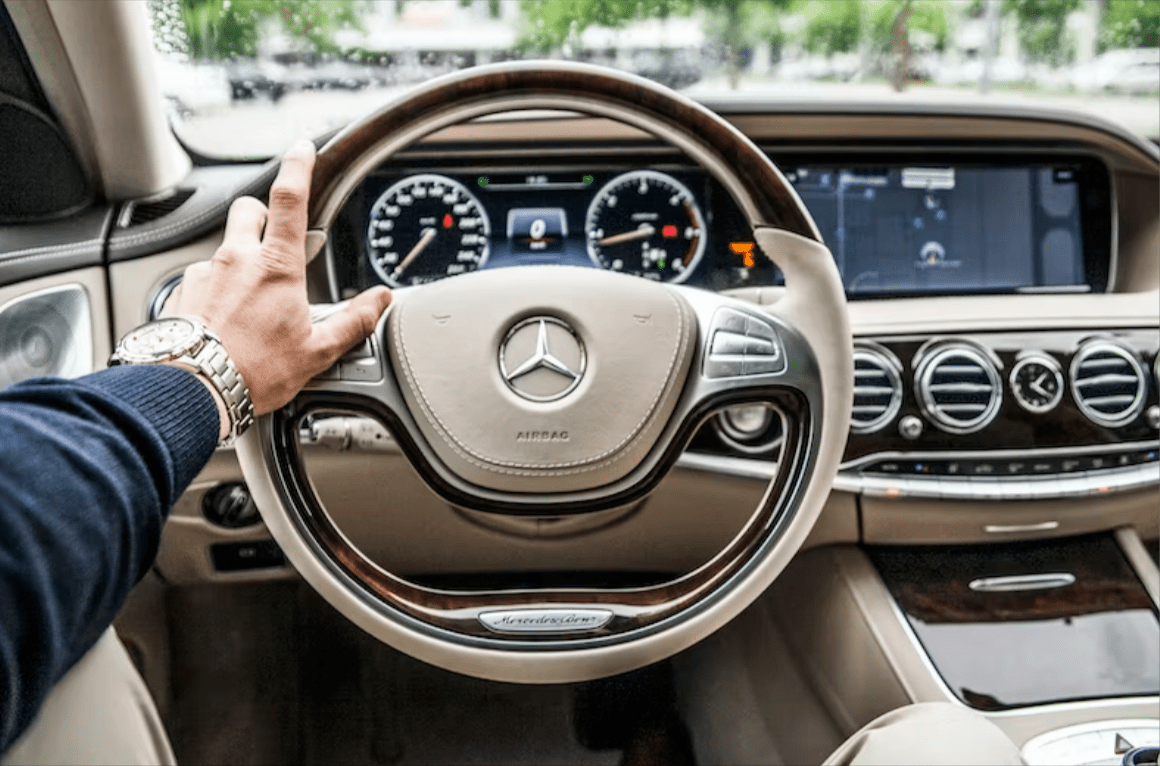
Imagine a dance performance. The stage is set, the spotlight is on, and the leading dancer is a shiny new car, gracefully moving with the rhythm. In the audience, you have the car owner (or potential car owner) and a third character, the lender. There’s a silent performer too, the tether connecting the car and the lender – this tether, in the world of finance, is called a lien.
Car Title Loans: The Opening Act
Before delving deep into the enigmatic world of liens, let’s take a brief detour. A car title loan is a short-term loan where borrowers use their vehicle’s title as collateral. In essence, they’re borrowing money against the value of their car. However, during the tenure of the loan, the lender places a lien on the vehicle’s title. This lien acts as the lender’s security blanket, ensuring the ballet continues smoothly. If the borrower defaults, the lien allows the lender to take possession of the car.
The Understated Role of Liens
To truly understand the essence of a lien, consider it as a choreographed move in our ballet. Imagine the car as a dancer that wants to fly but is held back by the tether, ensuring it doesn’t drift away, representing the loan. Only when the entire performance, the loan repayment, is concluded gracefully without a hitch, is the tether – the lien, removed. The car is free to dance unfettered.
Liens are not just about restraints; they are about protection. They serve as an assurance for the lender that they won’t be left in the lurch if things go awry.
Deciphering the Dynamics: How Car Liens Operate
Every time someone finances a car, they enter into a legally binding contract. They agree to repay the lender in specified installments. But what happens if they don’t?
Let’s take an analogy of a rare diamond housed in a museum. Visitors can admire its beauty, but there’s a glass barrier protecting it. That barrier ensures that the diamond isn’t stolen or mishandled. Similarly, while borrowers can use the car, customize it, and drive it around, the lien (like the protective glass) remains till every penny is paid back.
A Case Study: Michael’s Predicament
Michael wanted to buy a sedan. He didn’t have enough savings but had a stable job. He approached a bank for a car loan. The bank agreed, but they placed a lien on his new sedan’s title. Michael became the registered owner, but the legal owner was the bank. This dual ownership continued till the loan was fully repaid.
Two years down the line, Michael faced financial hardships and missed a few installments. Here, the lien allowed the bank to repossess Michael’s car. Once Michael settled the dues, the lien was removed, and he regained full ownership.
Releasing the Lien: The Grand Finale
Every ballet has a captivating ending. In our financial ballet, it is the moment the lien is released. Once the borrower fulfills all repayment obligations, the lender removes the lien from the car title. The document that solidifies this act is the lien release. The car now has no tethers, no obligations. The borrower can sell it, trade it, or keep it without any overshadowing obligations.
Concluding Notes
Liens, particularly on cars, are intricate tools balancing both the borrower’s dreams and the lender’s securities. It might seem daunting at first glance, but understanding its role can transform one’s perspective, making it less of a restraint and more of a protective dance move in the vast ballet of automotive financing.



